[إد] [روشا]&[نبسب]([ب.]. 1937)
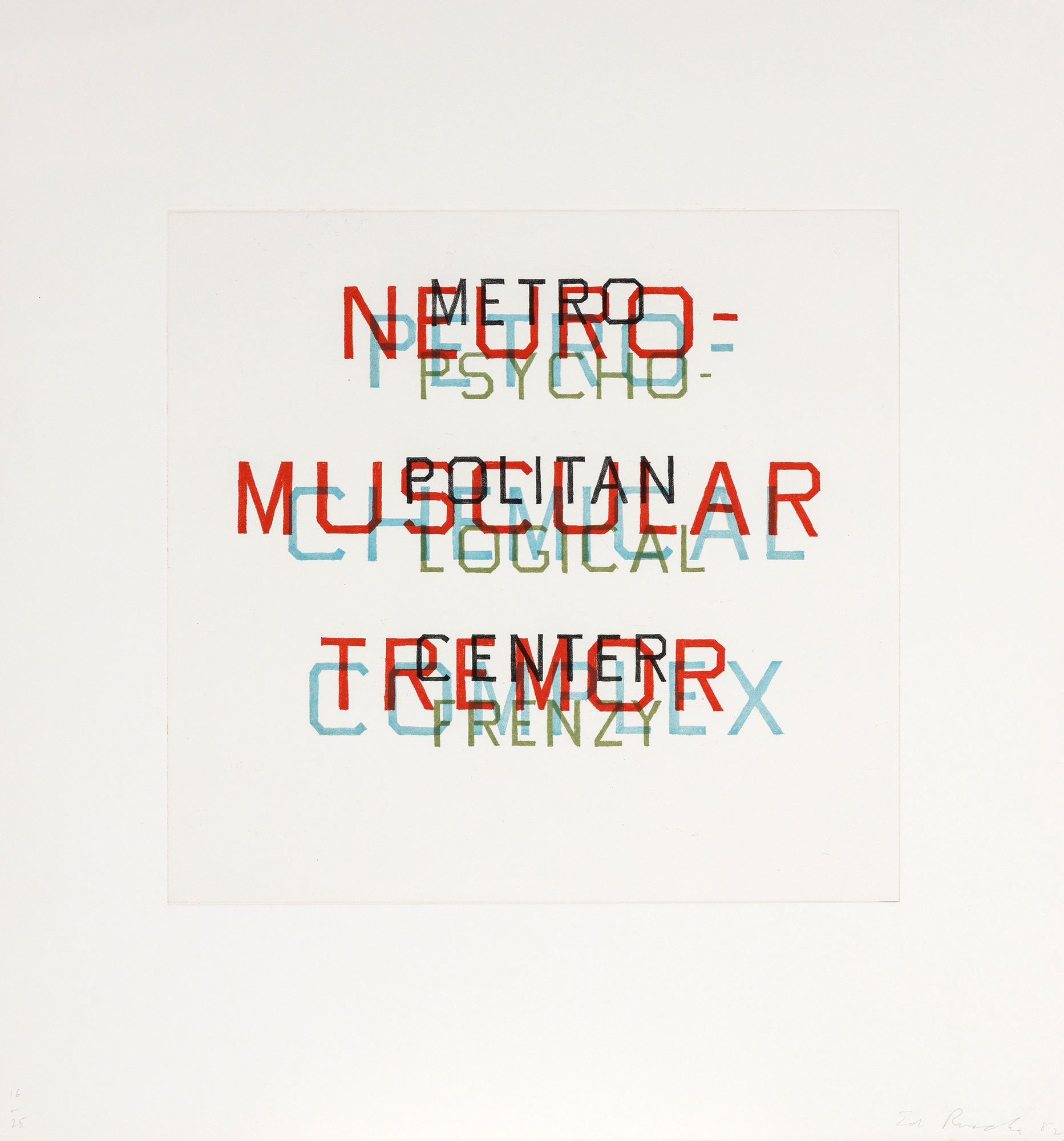
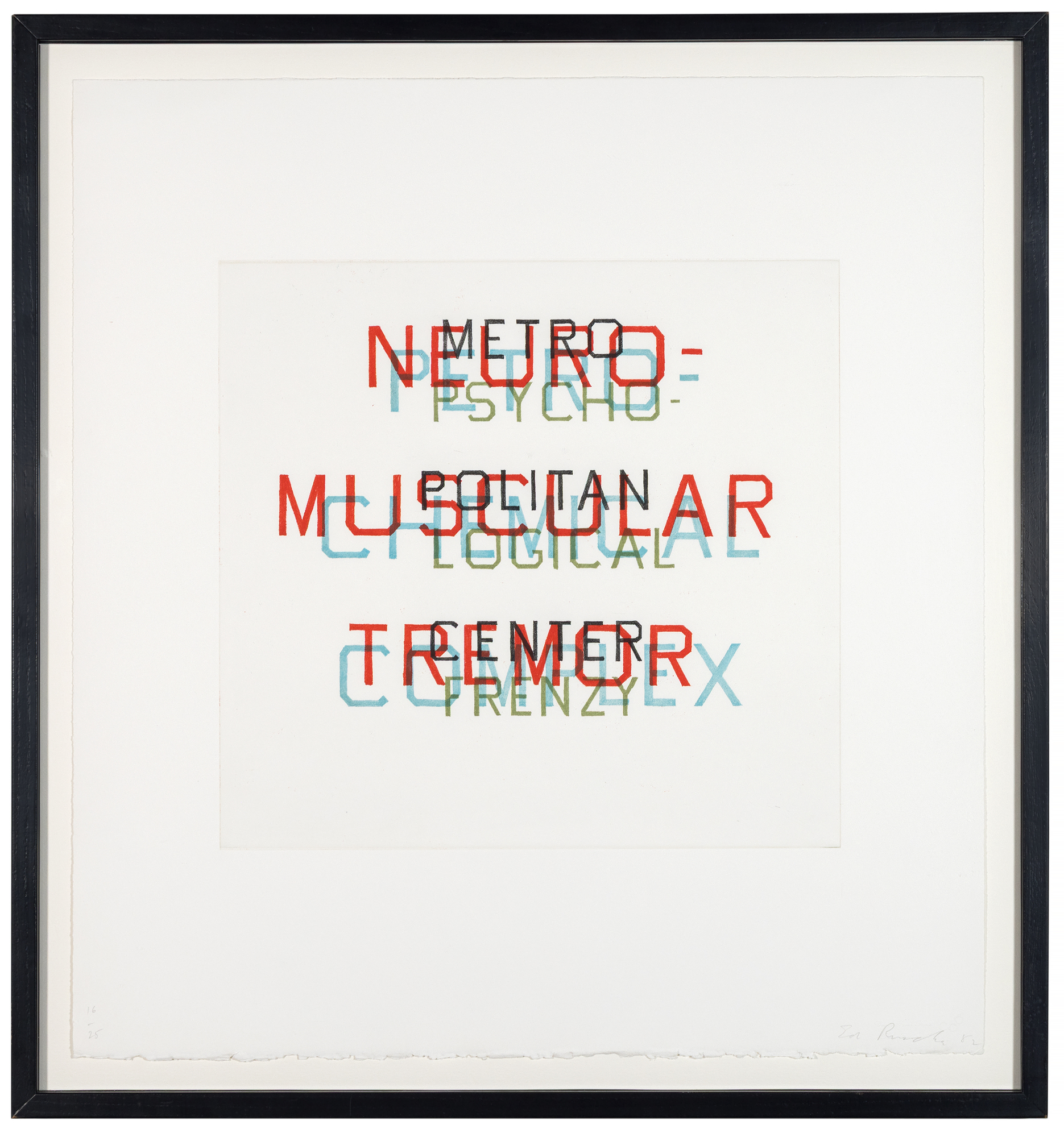
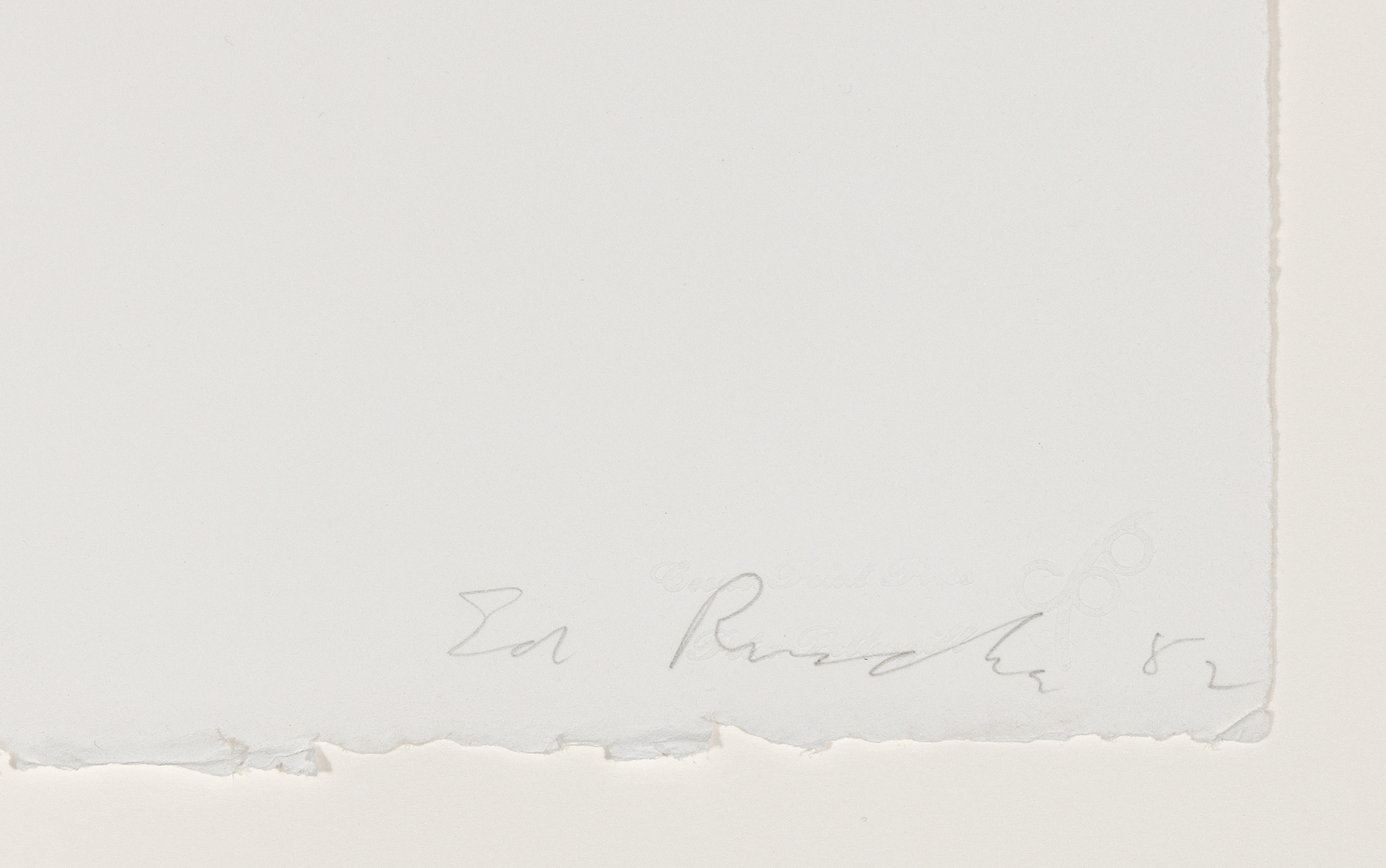
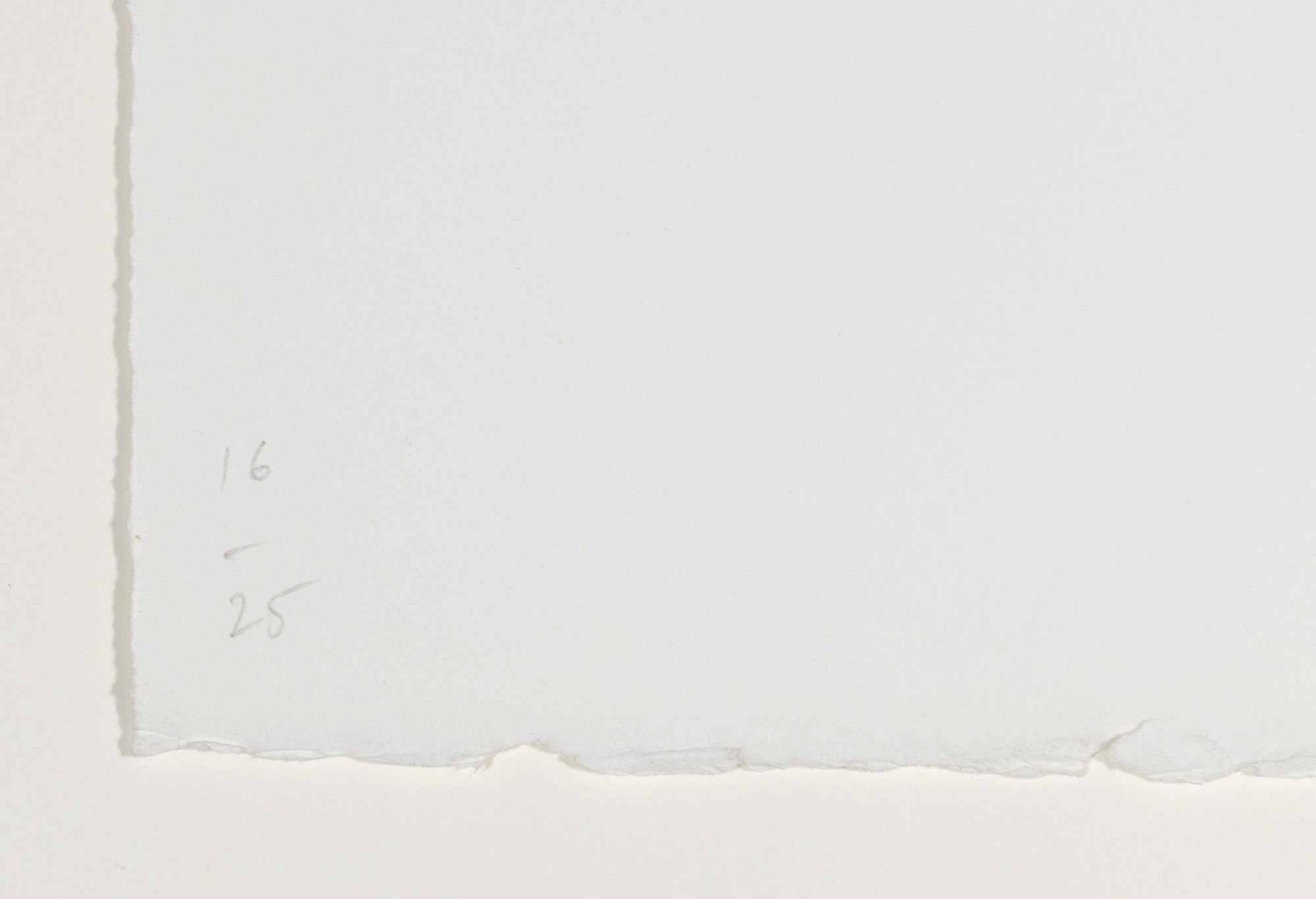
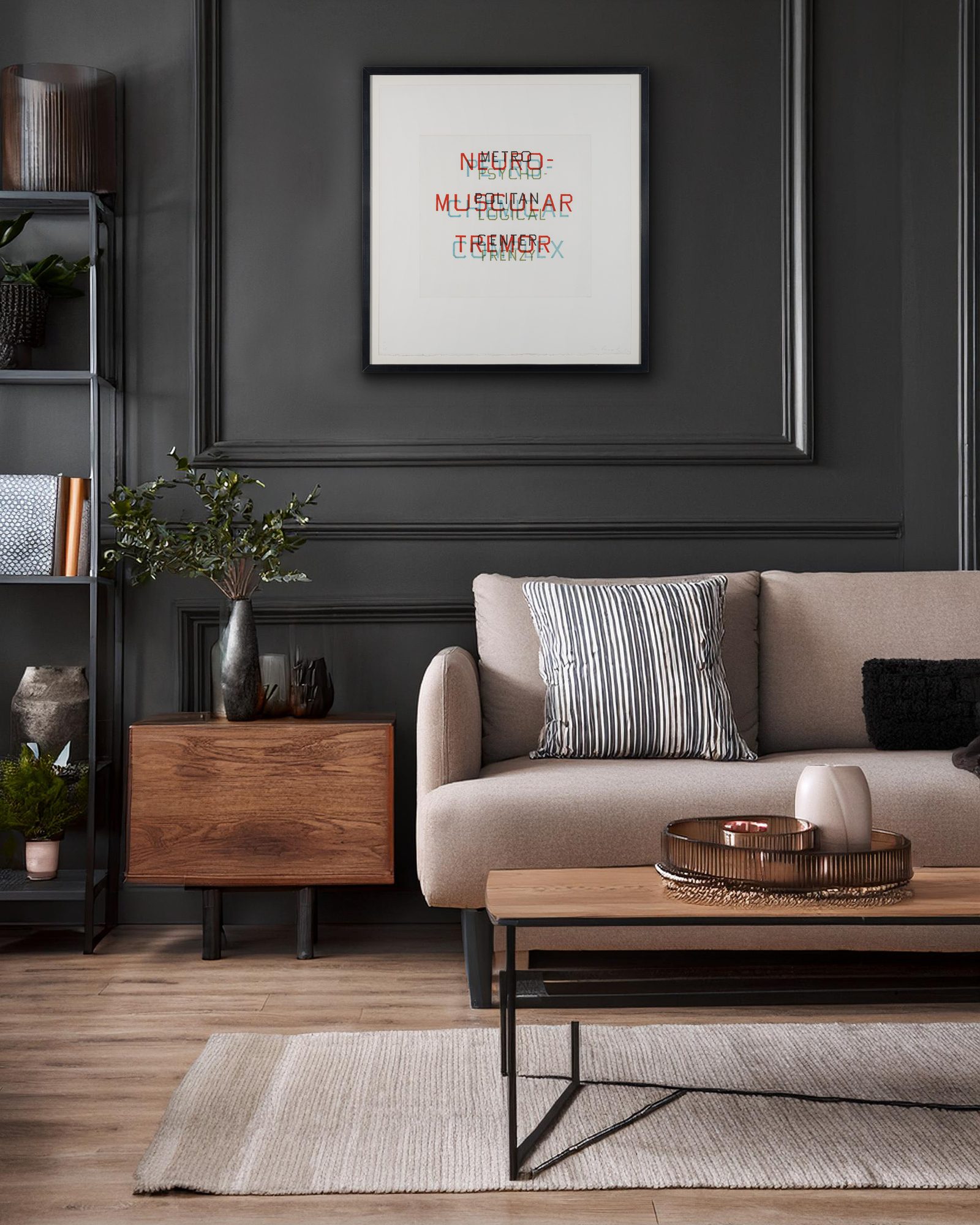
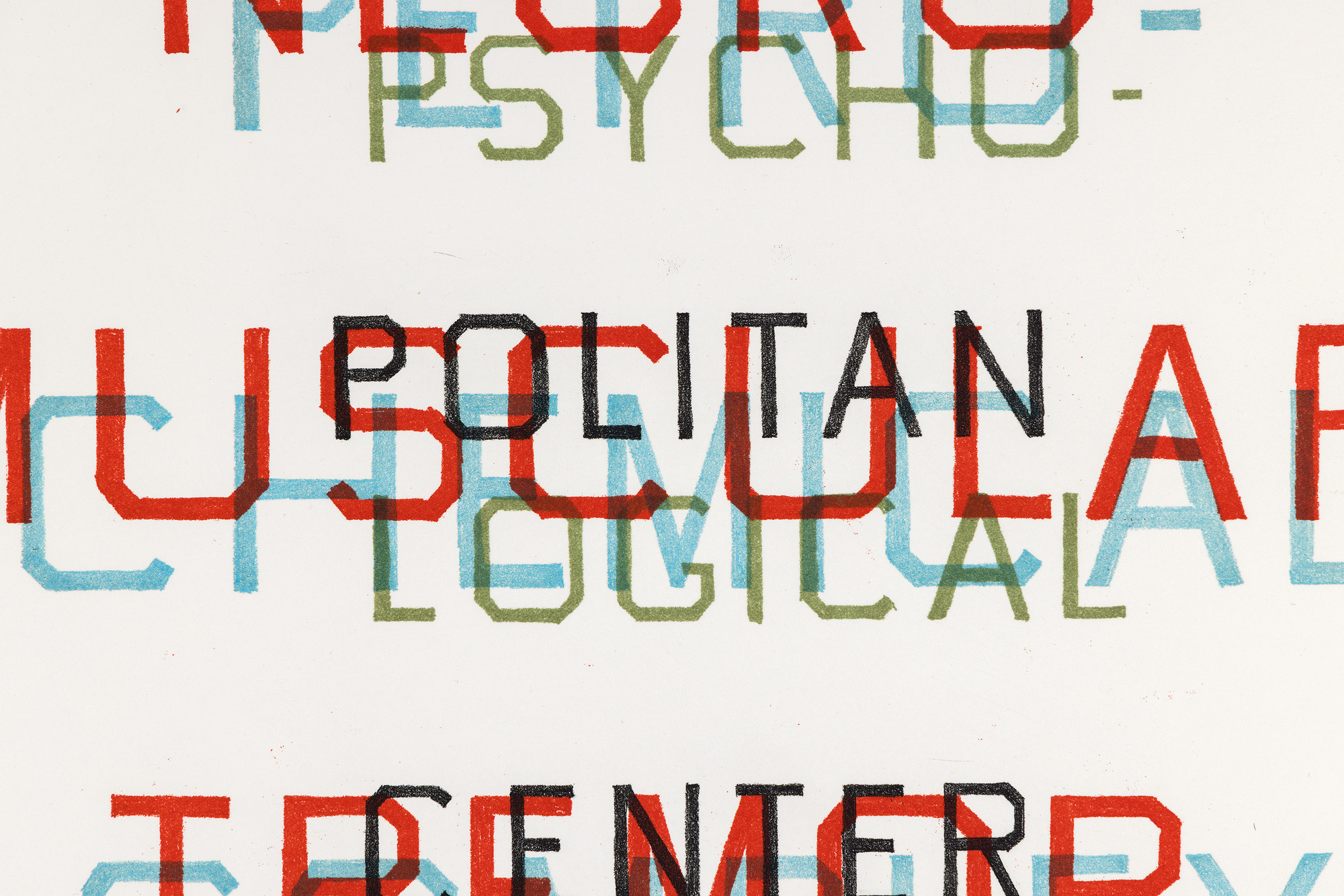
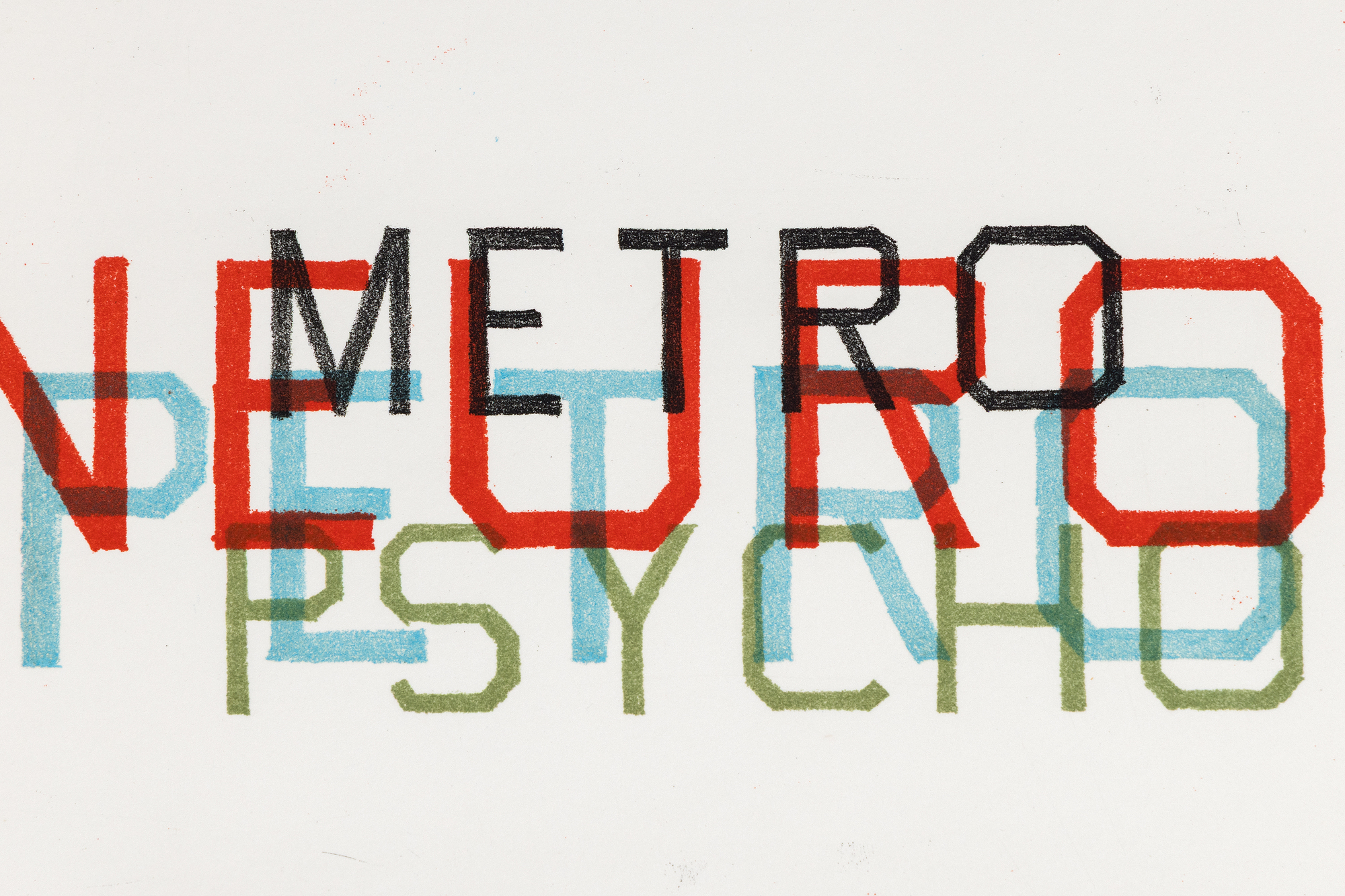
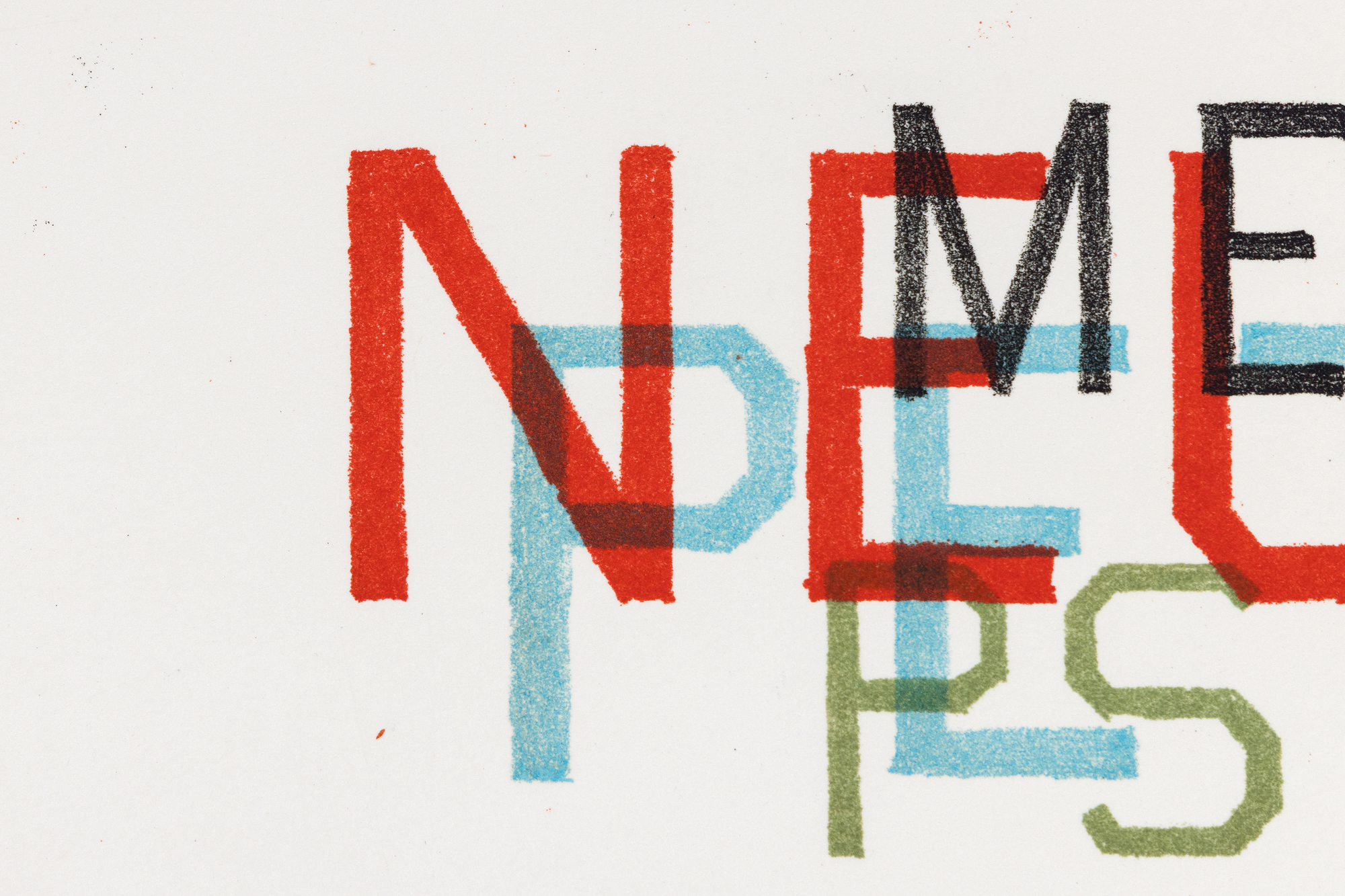
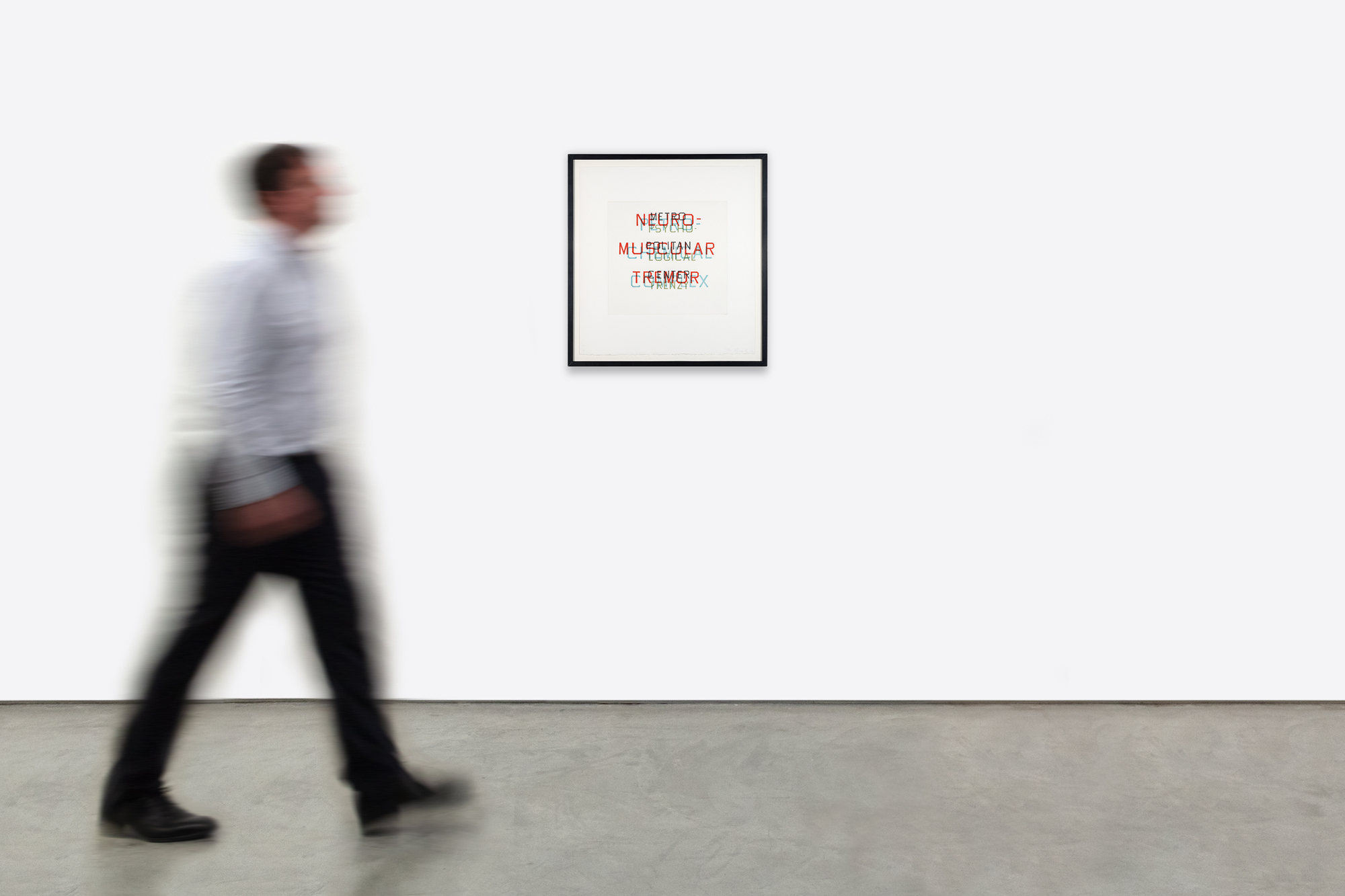
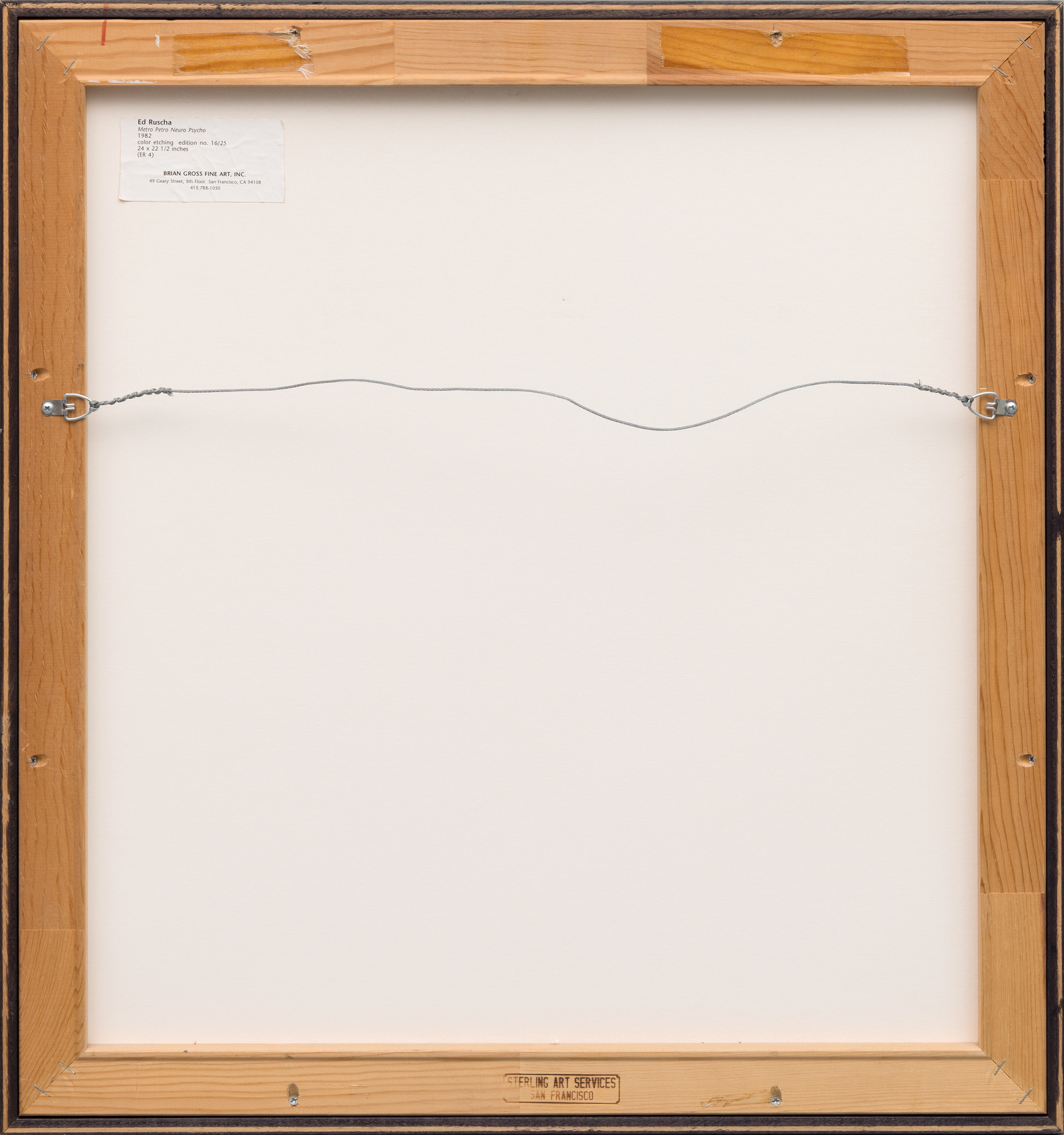
الاصل
براين جروس للفنون الجميلةمجموعة خاصة
25,000
تجسد المطبوعة التي تربط بين لوحات روشا الشهيرة التي رسمها في الستينيات وتجارب روشا الأكثر طبقات في الثمانينيات وما بعدها، نهجه في عزل أجزاء من اللغة - شعارات اللوحات، أو الكلمات المسموعة، أو العبارات المخترعة - بحيث يمكن إعادة النظر فيها كظواهر بصرية ودلالية. وقد وصف روشا نفسه هذه الترتيبات بأنها "ضوضاء بصرية"، مرحة ومربكة في آن واحد. ويتأكد الاعتراف المؤسسي بأهمية العمل من خلال أمثلة في متحف الفن الحديث، نيويورك، والمتحف الوطني للفنون، واشنطن.


